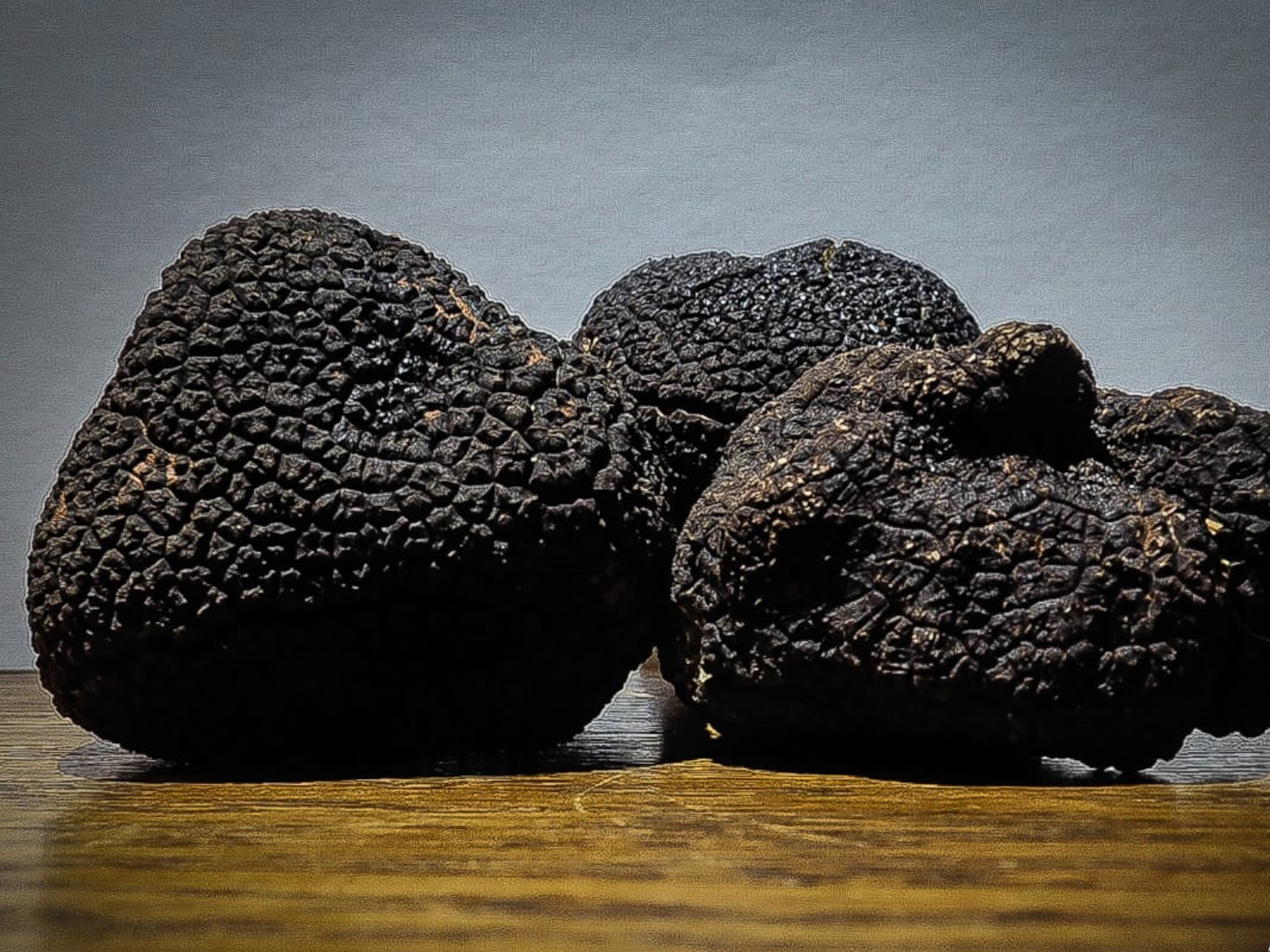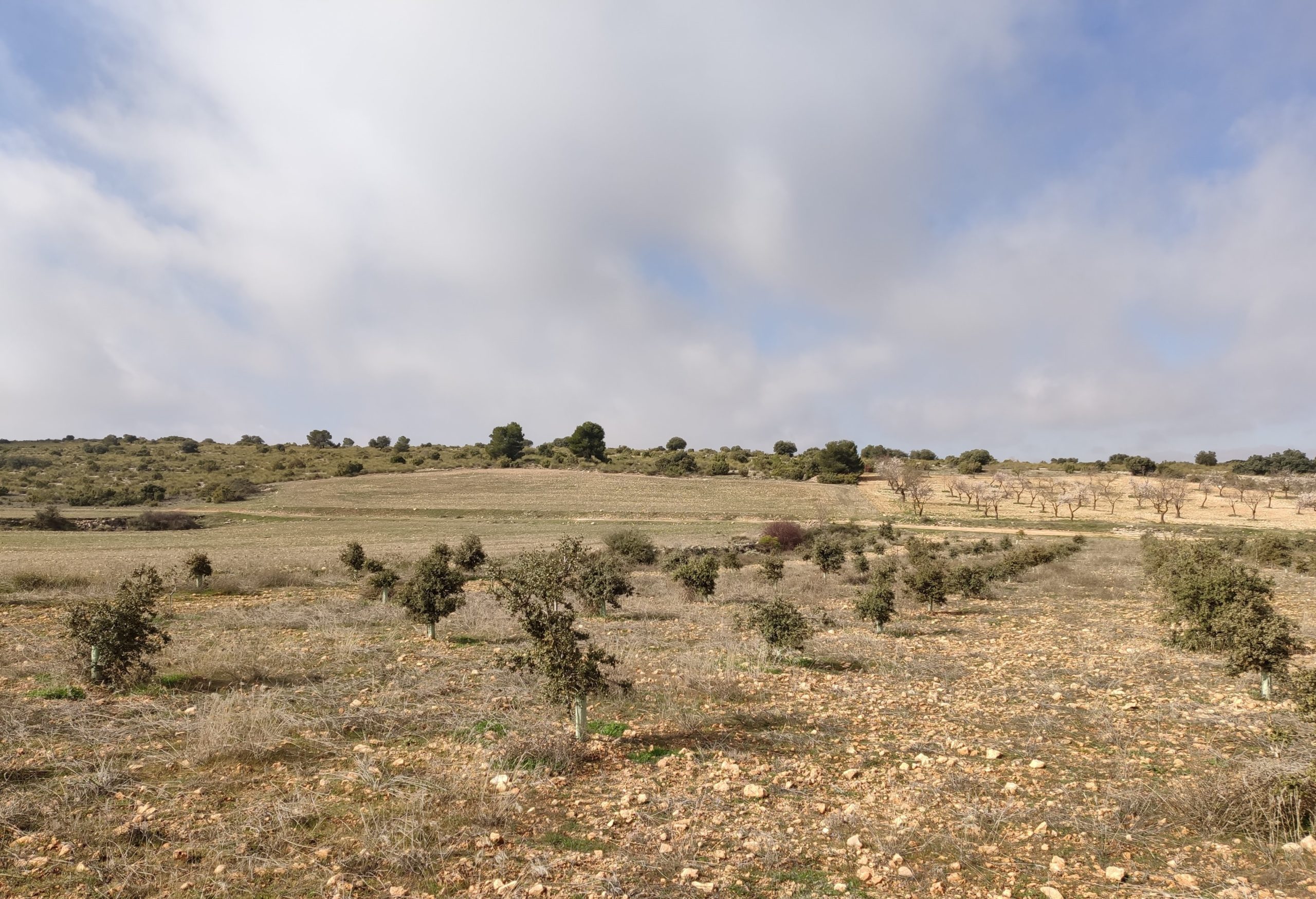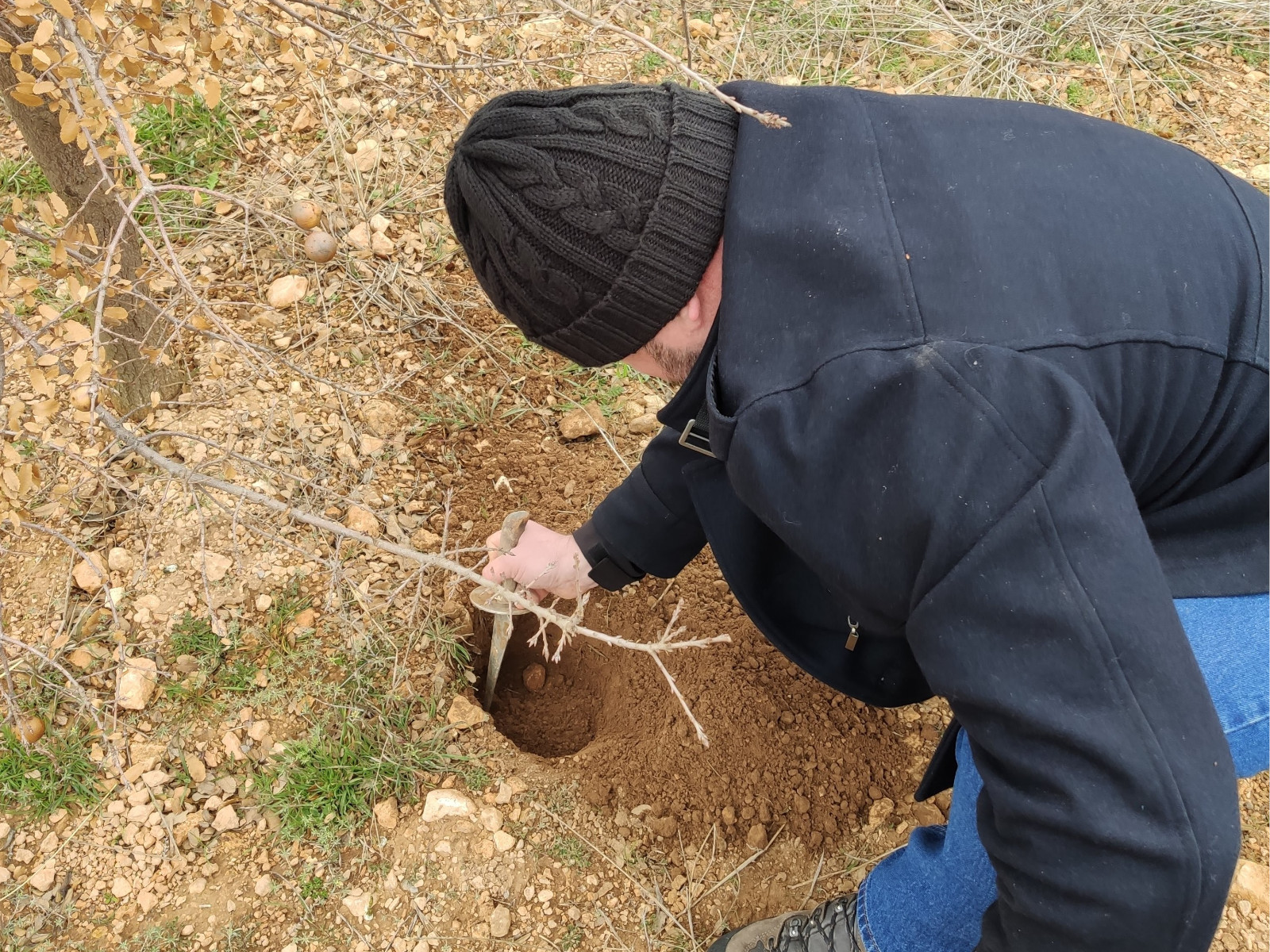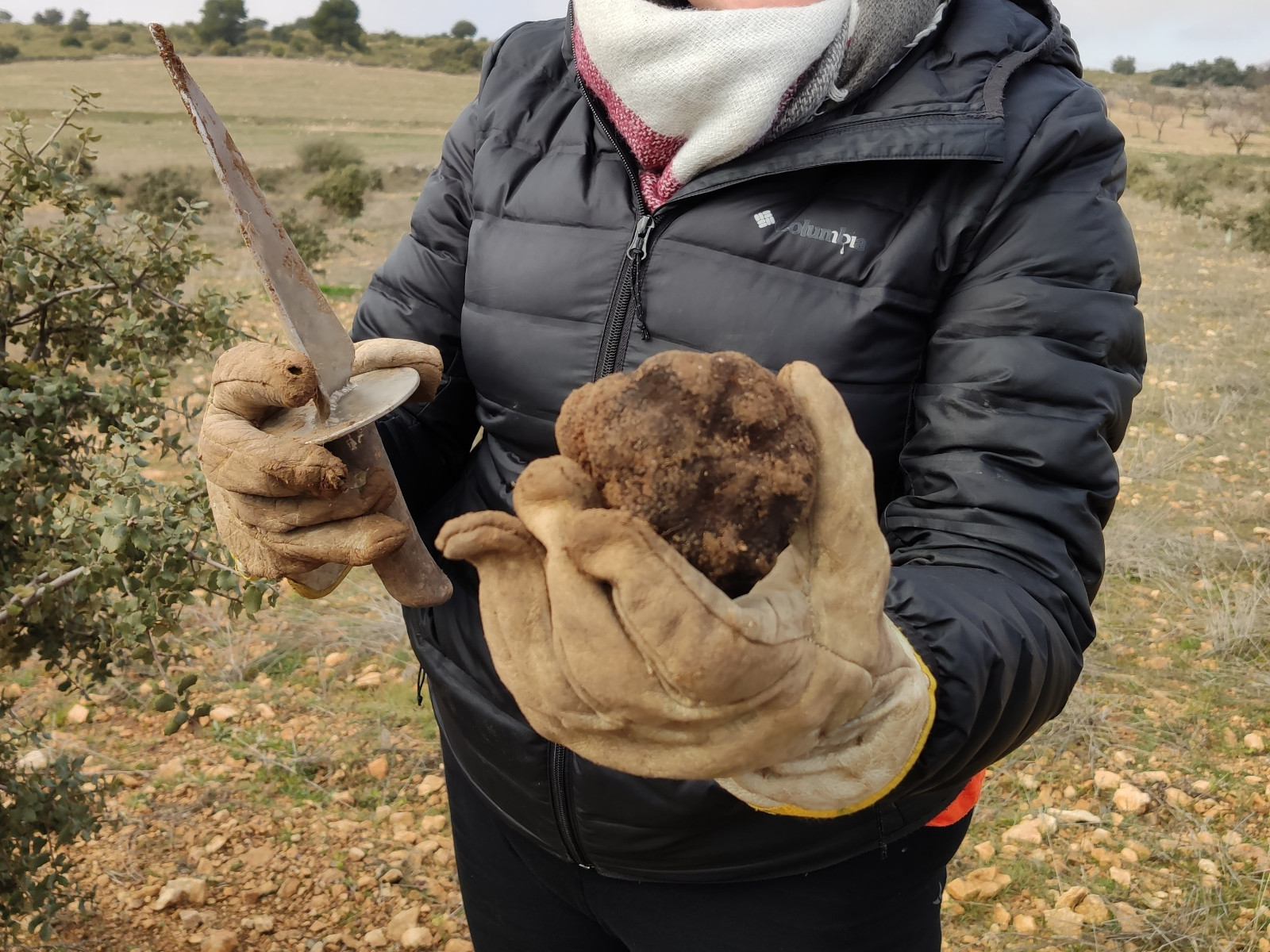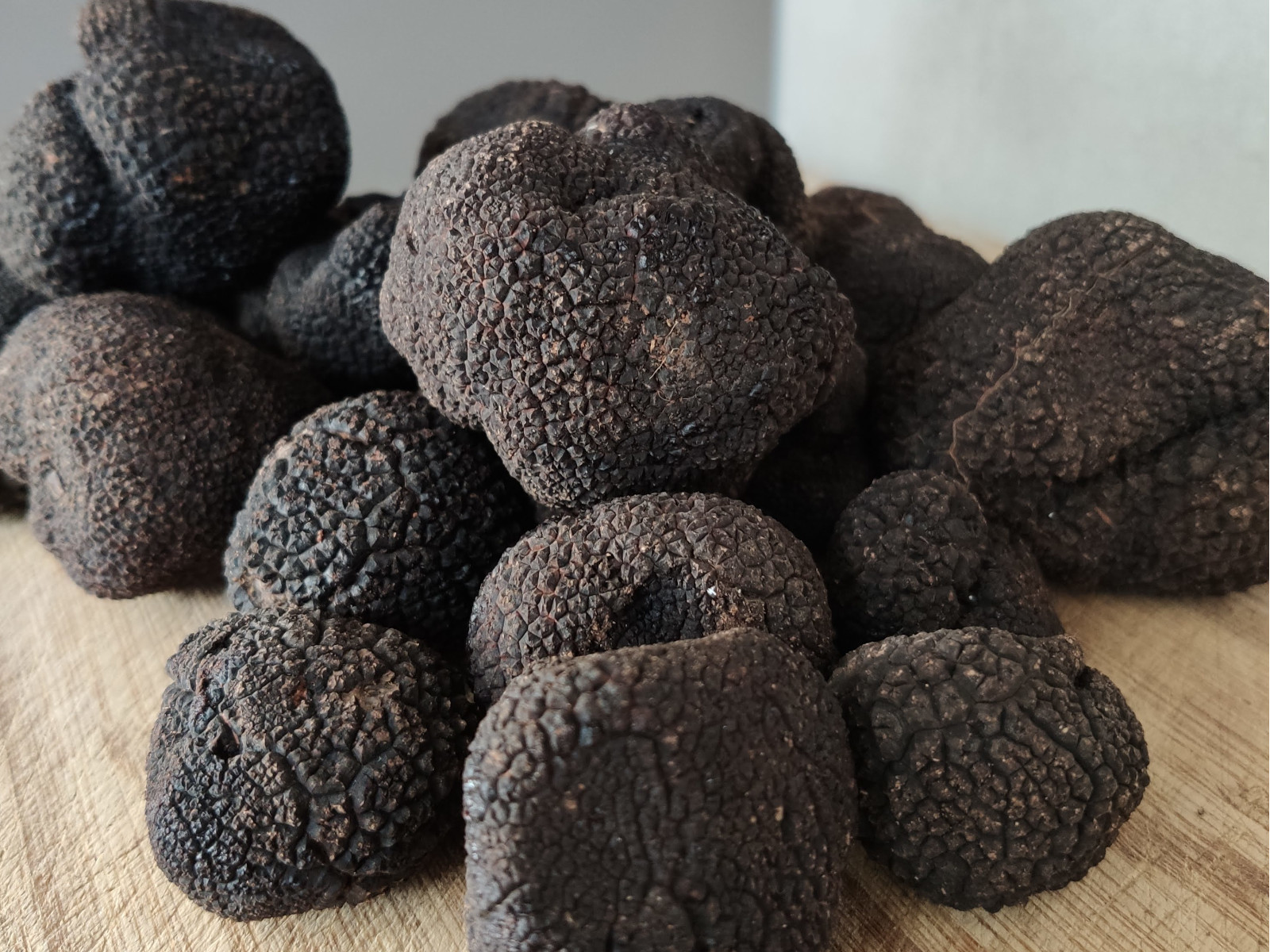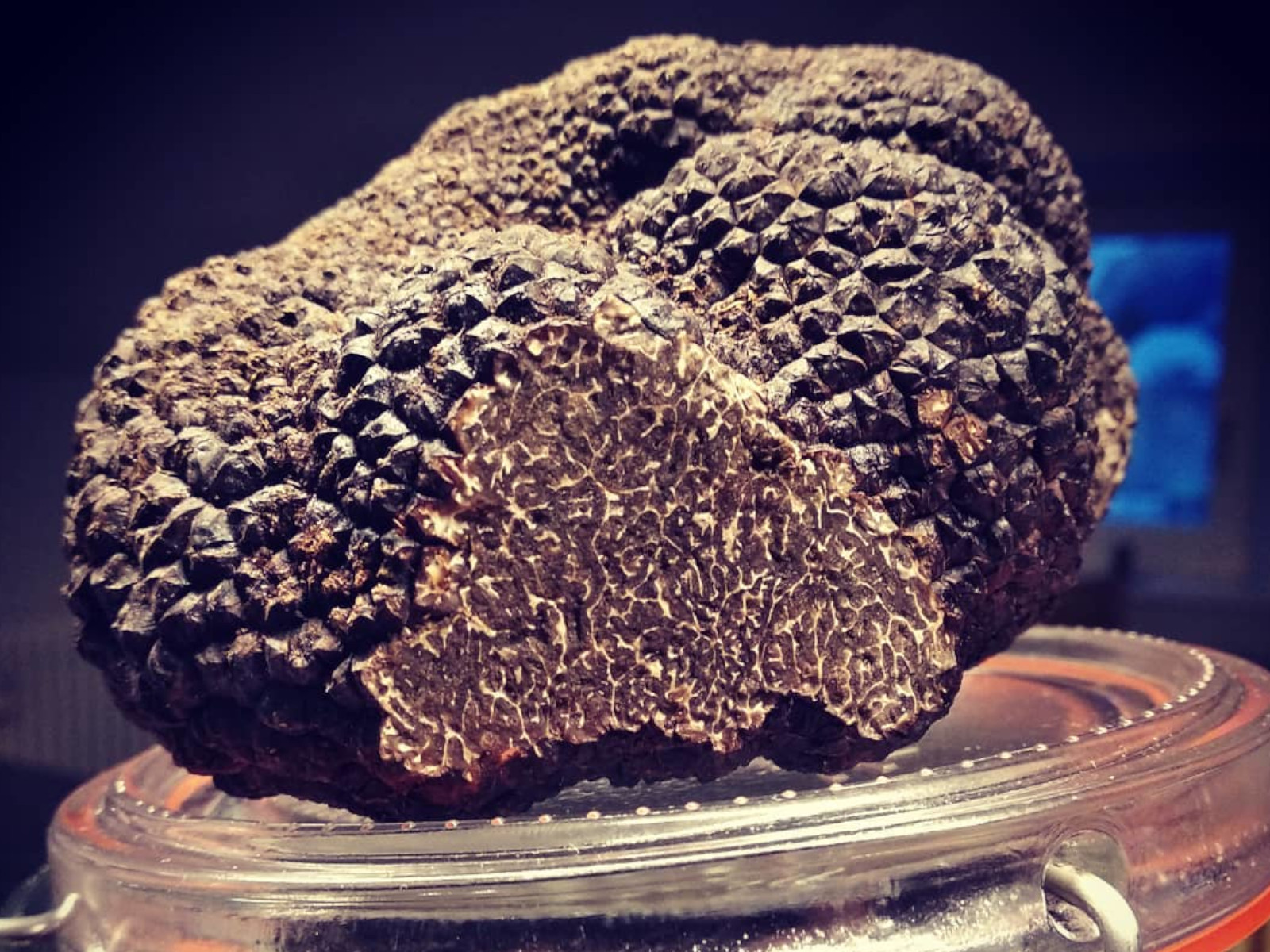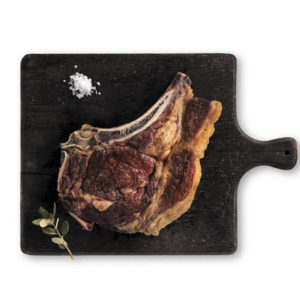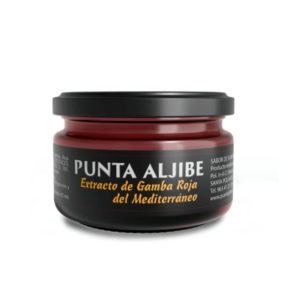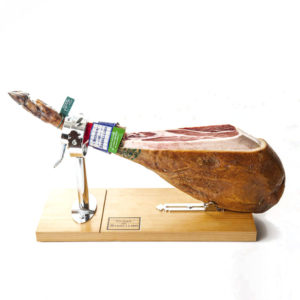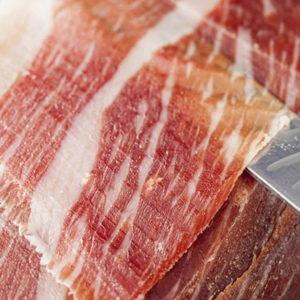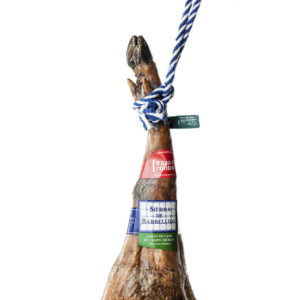Description
Tuber Melanosporum (ES)
– Commonly called ‘Périgord truffle’ or ‘winter truffle’. It grows mainly on the roots of holm oaks, oaks and hazelnut trees, in limestone soils and a Mediterranean climate with summer storms.
– Hunted and harvested from December to March.
The truffle is harvested at the optimum moment of ripening, which is when it emits its characteristic aroma and allows the truffle dogs, trained to identify the smell, to find them.
Consumption and Preservation.
It is preferable to consume them within 10-12 days and it is important to bear in mind that truffles at room temperature run the risk of oxidising and dehydrating, losing their properties, so it is advisable to refrigerate them.
- Store in the fridge between 2 and 4 degrees.
- Keep them in the box in which we send them to you.
- If you take them out of our box, wrap them in kitchen paper (the truffle has a large water component and will spoil if it develops humidity) on a base of rice grains and store in an airtight container preferably glass.
- If it gets a little mould or a white spot it does not mean that it has gone bad, simply remove it with a tooth brush or similar under cold running water. Dry well with kitchen paper.
- To take advantage of its aroma, you can store it with foods such as eggs or butter.
- Freezing it is not ideal, but it can be done. Wrap it first in kitchen paper and then in silver foil and freeze; although the best option is to vacuum pack and freeze.
Ingredients
Natural truffle
Nutritional Information
|
Calories |
Fats | Carbohydrates | Proteins | Sodium | Magnesium | Water |
|
82 |
0,5 gr | 13 gr | 9 gr | 77 mg | 28 mg |
75-90% |
It also has potassium, phosphorus, iodine, selenium, iron, calcium, and sulphur and importantly vitamins C, B2, B3 and B9.




